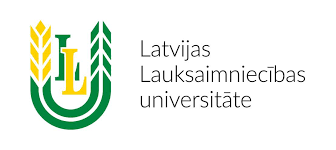Sustainable use of soil as the main resource
Research on the sustainable use of the soil as the main agricultural resource employing different field crop rotations and tillage systems was started in 2009. The influence of new technologies on sustainable output of agricultural raw materials used for safe and good quality food and feed production was studied at the Latvia University of Agriculture, Study and Research Farm “Peterlauki” where long-term field experimental plots were established specially for this purpose. Complex investigation of the soils at the experimental plots was performed.


